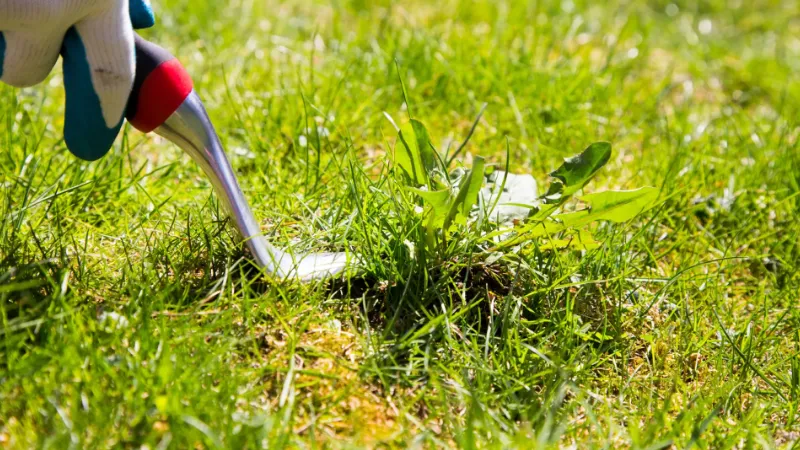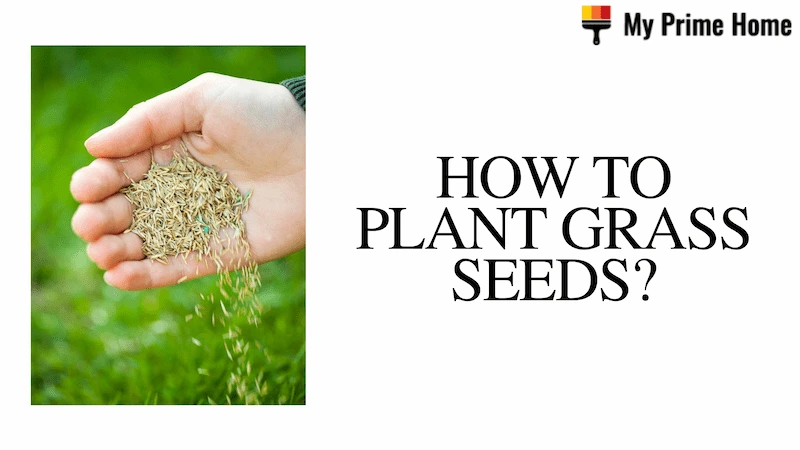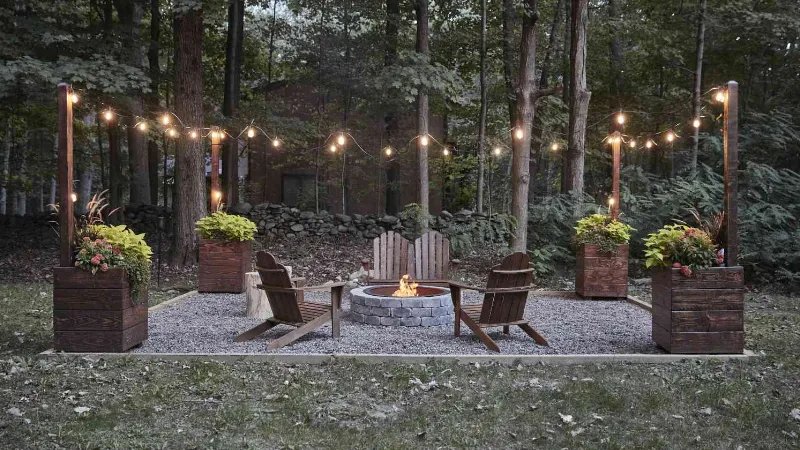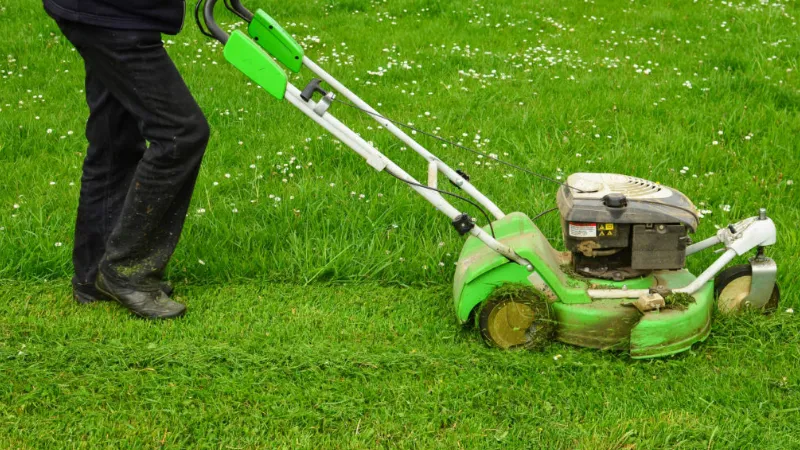To develop your lawn maintenance strategy, learn how to identify crabgrass. Below will give you a full explanation of what is crabgrass.
Crabgrass is a common grassweed in Maryland that germinates in the spring and appears in early summer. The crabgrass on your lawn will either be hairy or smooth. You must prepare your prevention and treatment strategies in advance if you want to permanently get rid of crabgrass because it can be difficult to get rid of.
For more information, continue reading.
What is Crabgrass?
Between the spring and the end of the summer, crabgrass, an annual grass weed, appears on lawns. If you cut your lawn too short or allow bare turf areas to grow, crabgrass may be able to grow on your property. The leaf blades of this weed typically have a flat, wide shape, and they grow in tall clusters. Because it can produce a large number of seeds each season, this weed can spread quickly. You might recognize crabgrass on your property by its pointed, narrow leaves and short, purplish-green stems.
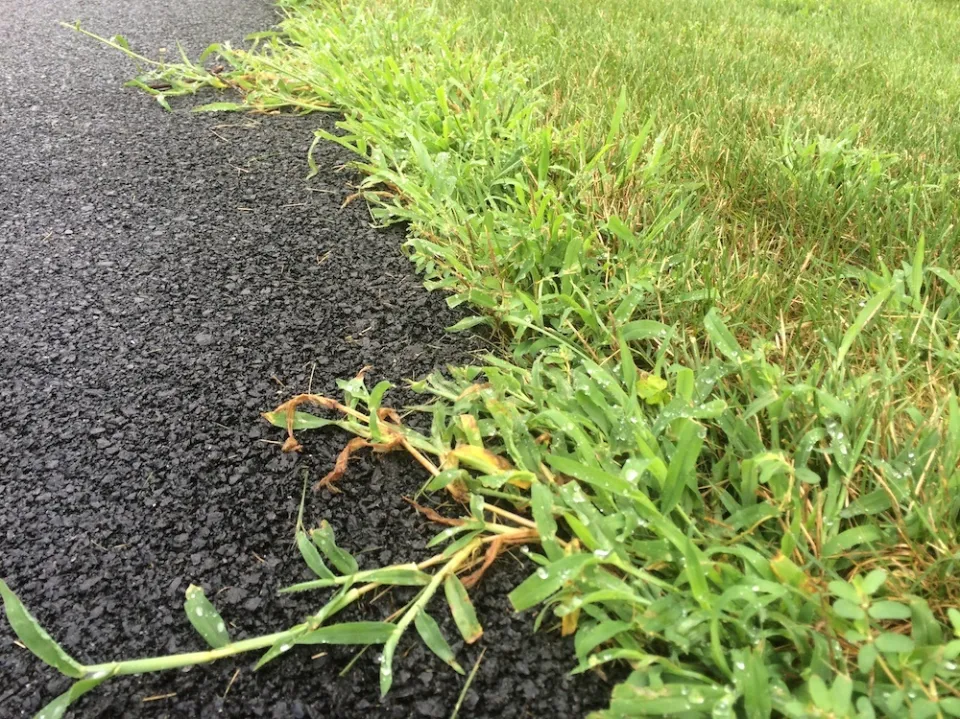
Types of Crabgrass and Where It Comes From
Crabgrass comes in two main varieties: hairy and smooth. Effective weed control depends on your knowledge of the species that exist on your property.
Hairy Crabgrass
As the name suggests, this type of crabgrass has long, straight hairs all over its leaves and stems. Its leaves are broader than smooth crabgrass, and it grows taller. The stout stem and reclining growth pattern of this species of crabgrass. A panicle of branches and tiny spikes make up its flowering system.
Smooth Crabgrass
Smooth crabgrass has hairs at the tiny, ear-like projections inside the base of the leaves, though less so than hairy crabgrass. It has a reclining growth pattern and a thin stem. Although the weed’s flowering system is a panicle of widely spaced branches, its tiny spikes resemble hairy crabgrass.
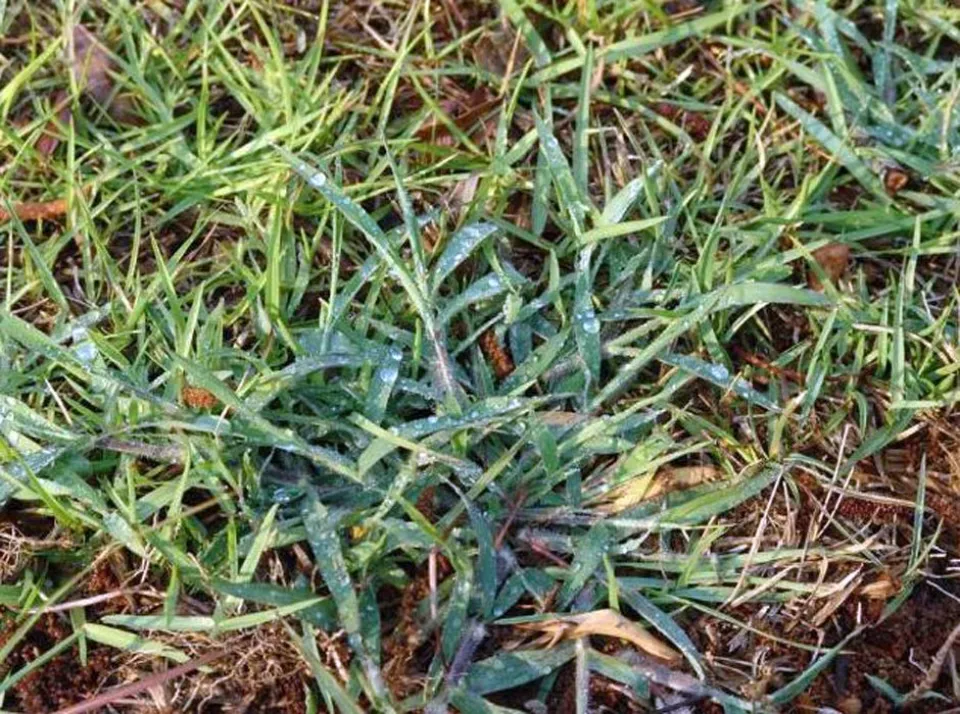
What Does Crabgrass Look Like?
You can determine whether this type of weed is present on your lawn using these crabgrass identification characteristics.
Broad-leafed Blades
Crabgrass leaf blades are about a quarter-inch wide. The distance between the blades can increase as more blades grow, growing away from the stem.
Star Pattern
The most prominent feature of crabgrass is its star-like appearance as the branches get longer.
Large Clusters of Grass
A large clump of grass is produced by the plant’s center, where new shoots grow. Usually low to the ground, the leaf blade clusters.
Various Colors
Depending on the type of grass you have and whether you fertilize it, crabgrass may be a similar shade to your grass or slightly different.
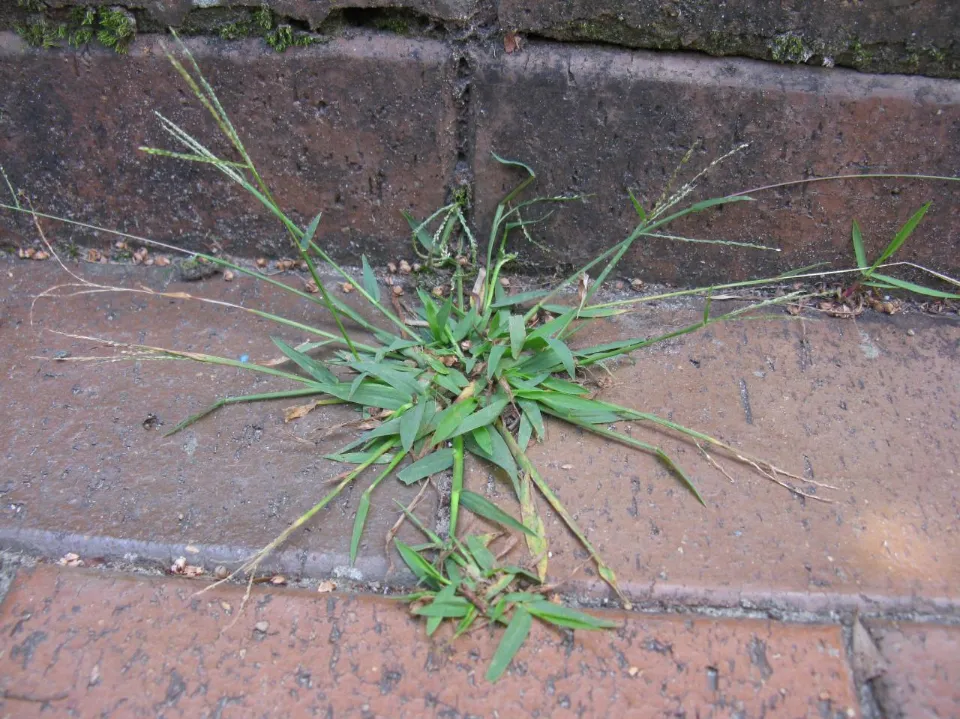
How Crabgrass Grows and Spreads?
Early summer is a hot time of year when crabgrass grows. Due to its resistance to drought, it can withstand a dry summer until the ground begins to freeze in the fall. It may even resemble the other grass on your property in ideal growing conditions with an abundance of water and nutrients. Instead of growing in the middle, the leaf blades shoot out from separate parts of the stem.
When you mow your lawn, the crabgrass will likely grow more quickly than your grass, which is when most homeowners will likely notice it. It’ll start to spread low to the ground if you mow your lawn regularly. As a result, it can bypass the mower blade and continue to grow. It can also withstand locations with a lot of foot traffic. It reproduces thousands of seeds after the growing season to spread.
Can Crabgrass Be Used for a Lawn?
No, because crabgrass is an annual grass that dies in the fall, lawns should not be planted with it. There would be a lot of mud (and disgruntled neighbors) if your lawn was made entirely of crabgrass.
The remains of the crabgrass’s roots and stems are left behind when it perishes. You’re going to be in a mess come spring. Although more crabgrass plants will eventually grow, it will take until the end of spring and the majority of summer for the plants to be big enough to cover your lawn. Because crabgrass is a weak plant, other weeds will compete with it.
Why is Crabgrass Bad?
Crabgrass plants produce huge amounts of seeds. Crabgrass seeds can survive for three years and continue to grow under the right circumstances. Almost any area of a lawn is likely to get filled in with crabgrass if it has:
- A bare patch
- A weak stand of grass
- Stress from heat or turf-damaging insects
- Lawn scalping from being mowed too short
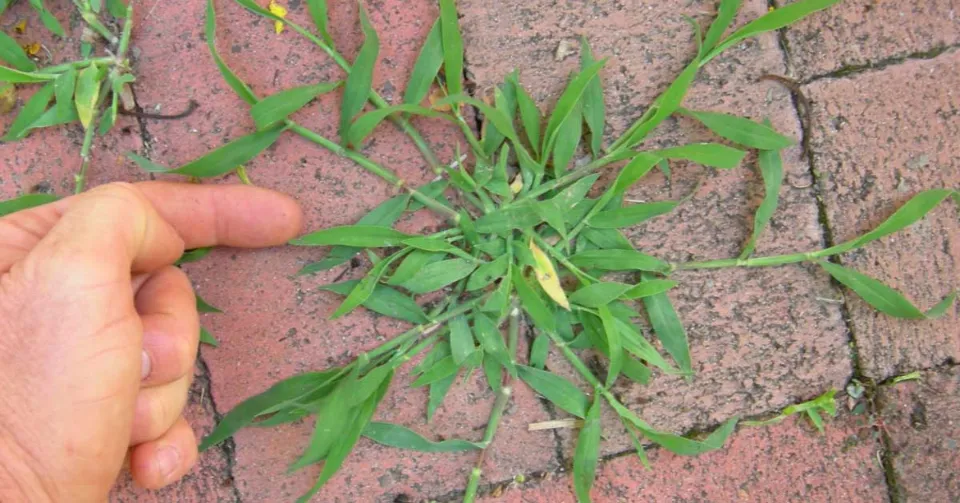
How to Get Rid of Crabgrass?
To get rid of crabgrass, you need to break its life cycle. Herbicides and maintaining healthy lawn grass are just two options among many others. Two types of herbicides are your best line of defense: post-emergent and pre-emergent.
- Post-emergent herbicide:Use post-emergent herbicides to eradicate crabgrass and prevent it from producing seeds. Selective and non-selective post-emergent herbicides are available. Selective herbicides target specific weeds or plant categories, such as grassy versus broadleaf plants. All plants are killed by non-selective herbicides, even the ones you might want to keep. If you have other plants in the area you want to keep, ensure you get a selective post-emergent herbicide that targets crabgrass.
- Pre-emergent herbicides (crabgrass preventers): Crabgrass preventersgo after crabgrass seeds set the previous season. With the help of this kind of herbicide, crabgrass seeds are prevented from sprouting, forming roots, and emerging. It is utilized in spring. Its success depends on the timing of its application. Crabgrass seeds can germinate from early spring until late summer when soil temperatures reach 90 F. You can monitor soil temperatures by purchasing a cheap soil thermometer. This herbicide can typically be used for five months at a time.
- A healthy lawn blocks weeds from taking over. You can maintain a dense turf stand by mowing high and fertilizing2. By keeping the grass mowed to a height of three inches or more, you can shade and cool the soil and stop weed seeds from sprouting. Make an effort to water deeper rather than more frequently to better serve desirable grasses. Don’t go overboard with fertilizing; just keep up the good work. By balancing your fertilizer application, you can give your lawn the necessary energy to aid in weed-blocking.
- Hand-pull large seedlings:If you manually remove all of the crabgrass and then cover it with wholesome, fresh grass, you won’t need to use herbicides. To pull it effectively, wait until the seedlings are big enough to hand pull, roots and all. Remove the whole plant in the spring before amending the soil and reseeding. Use a garden weeder tool made to remove the roots of crabgrass, featuring a claw or plunger you can drive deep into the ground, under the roots, to remove the plant. Crabgrass seeds cannot spread if the clumps are placed in a trash bag and sealed tightly.
- Remove dead crabgrass plants:A thick layer of dead crabgrass can suffocate nearby grass plants, stunting the growth of a healthy lawn.
- Reseed bare lawn spots with healthy lawn grass:Any weed seed has a free pass to germinate on an exposed patch of soil. Early in the fall, you can plant new grass, establishing it before the winter. Do an aeration treatment before putting down some fresh grass seed to fill in the bare spots.
- Mulch: To prevent weed growth of any kind, spread a 2-inch layer of mulch over any areas that are not lawns. Any weeds that break through the mulch ought to be simple to pull or spray out.
Remember that even if you kill it with a post-emergent herbicide, seeds from the adjacent property may still blow over and land in your yard. Unless you use a pre-emergent herbicide to stop them from germinating, those seeds will grow into plants in your lawn the following spring.
So, while post-emergent herbicide will kill crabgrass permanently that season, it does not guarantee that crabgrass seeds find their way to your grass again. But, How Long Does Grass Seed Last?
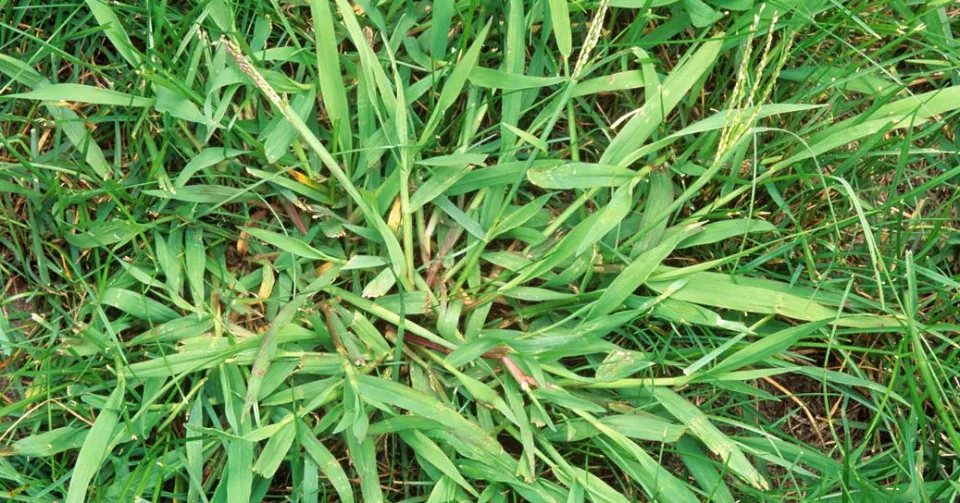
FAQs
Why Do I Have So Much Crabgrass?
Crabgrass prefers sandy, compacted soil where the grass is thin and weak. Crabgrass thrives in conditions where sunlight reaches the soil directly, so bare, thin lawns are ideal.
What is the Problem With Crabgrass?
Crabgrass is an unattractive, clumpy weed that will quickly take over your lawn. Not only is it unsightly, but it also harms the health of your lawn, which is another reason to get rid of it. Your turf will become overrun by crabgrass, which will keep your lawn from getting the nutrients it requires to produce healthy grass.
What Kills Crabgrass Permanently?
If applied very carefully, a broad-spectrum herbicide such as glyphosate (RoundUp) will kill crabgrass. Take care not to allow the spray to drift, as this chemical will also kill desirable turf grasses.
Is Crabgrass Good for Anything?
The grass is highly nutritious and is used by farmers for graze for animals. The plant is thought to produce a lot of grain, and the seed is edible. About 150,000 seeds per plant can be produced! The seed can be fermented to make beer or used as flour or grain.
Summary: What is Crabgrass?
Since crabgrass is an annual warm-season weed, it will spread wherever it can find sunlight, water, and bare soil. It thrives in the heat. Once the soil temperature has stayed above 55 to 60 degrees Fahrenheit for more than a week, you’ll start to see it sprouting up in yards throughout the South as early as February.
Residents of Florida should be aware that crabgrass practically thrives all year round due to Florida’s typically hot climate.
If you have any questions, please leave a comment. My Prime Home tries to give you the best home improvement information. Don’t forget to share the post. Thank you for reading.
